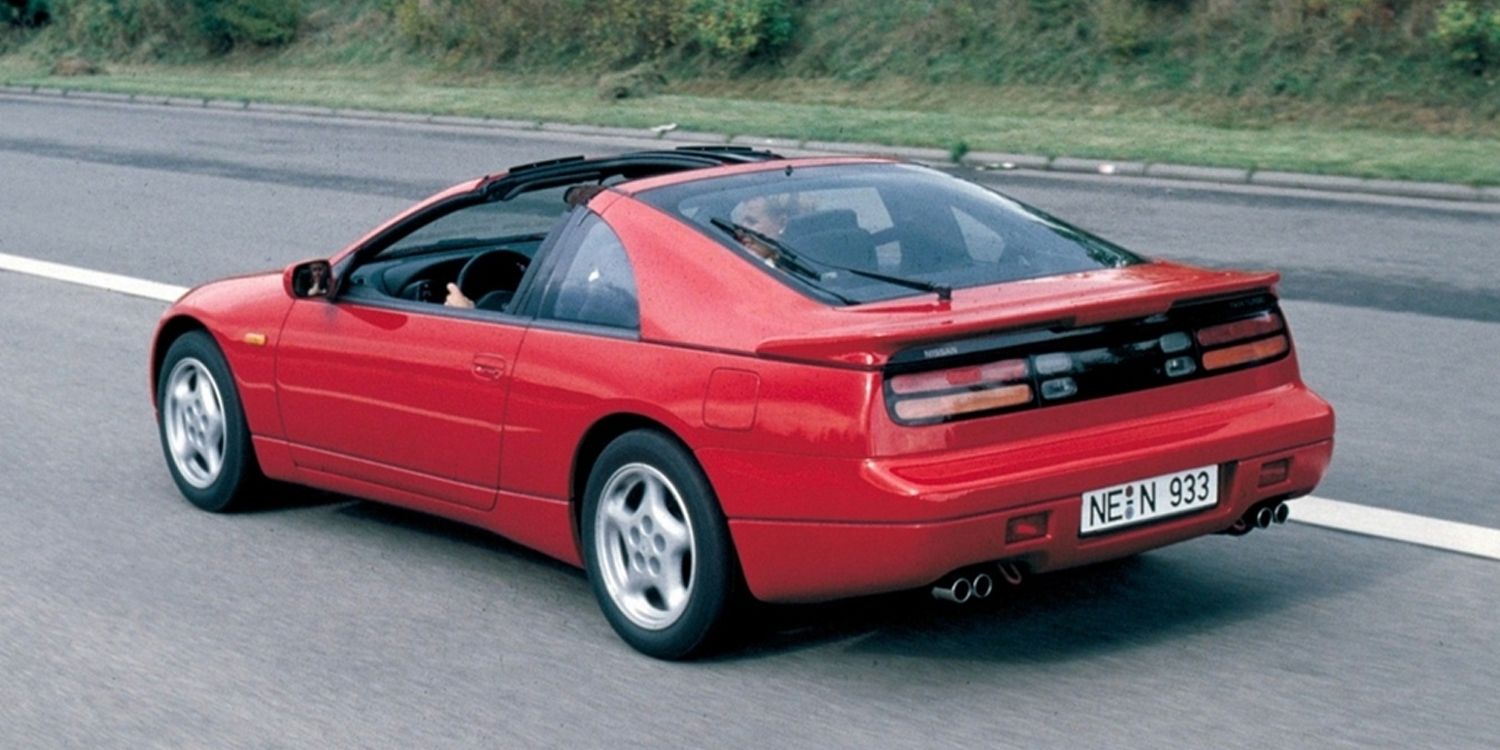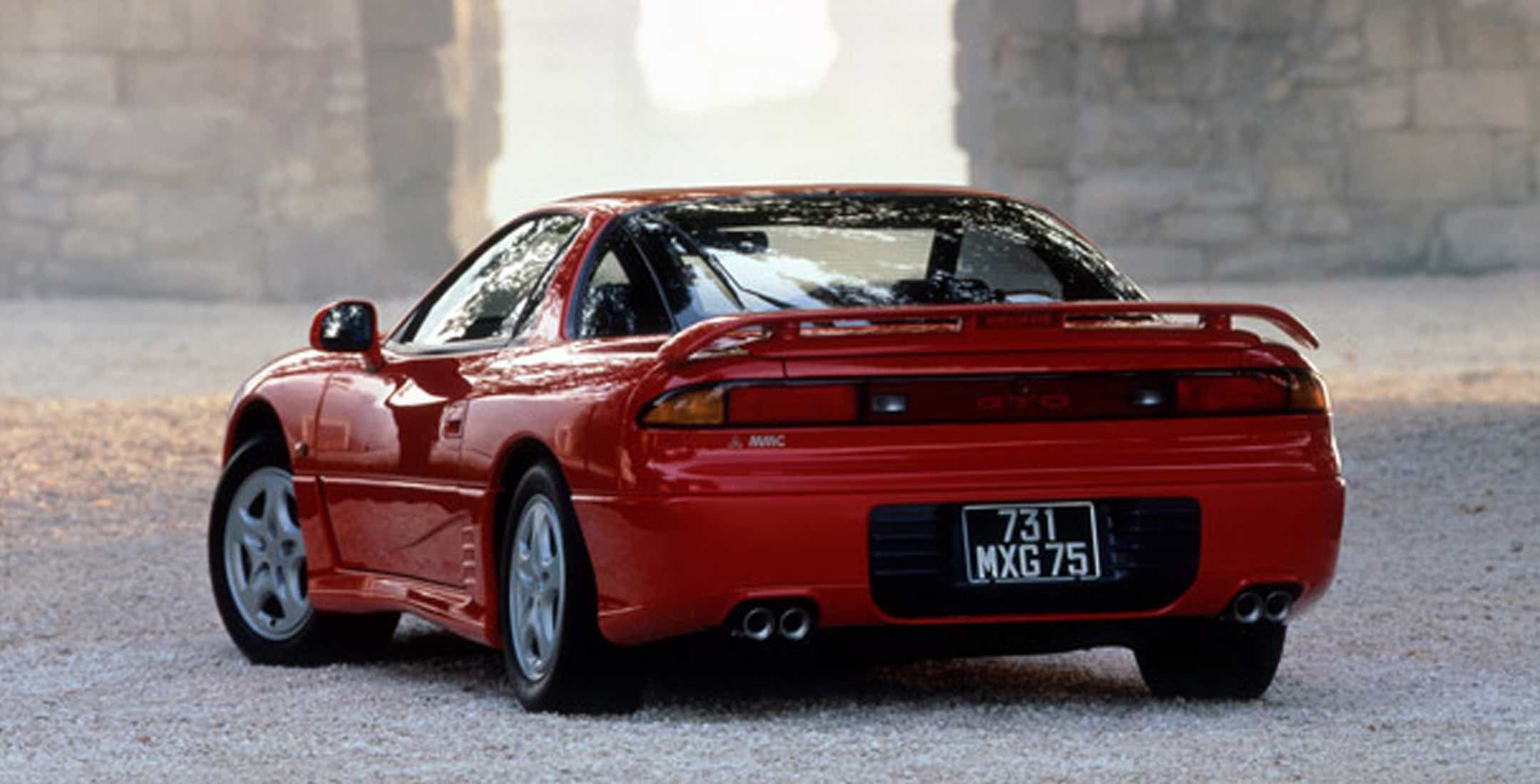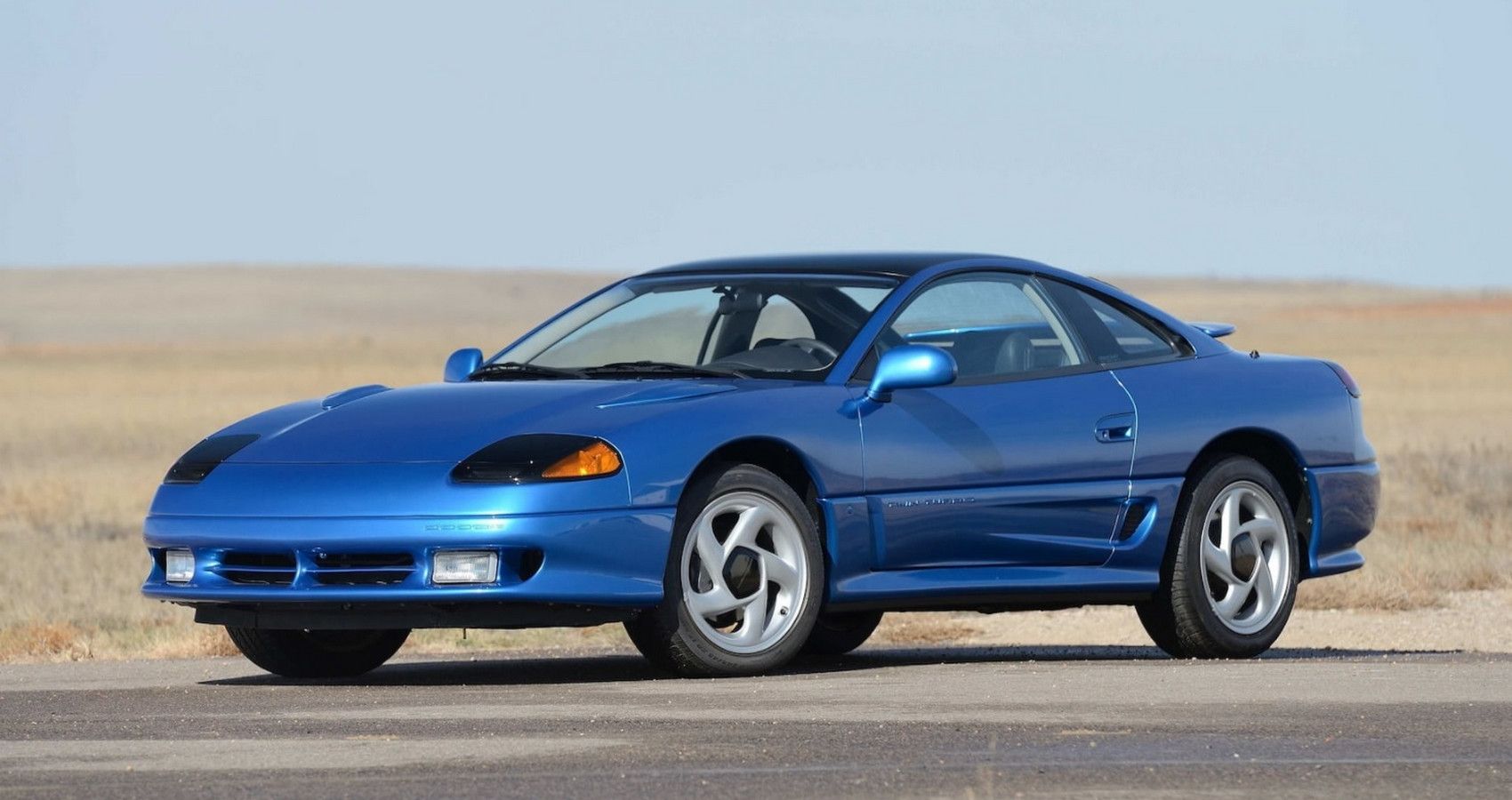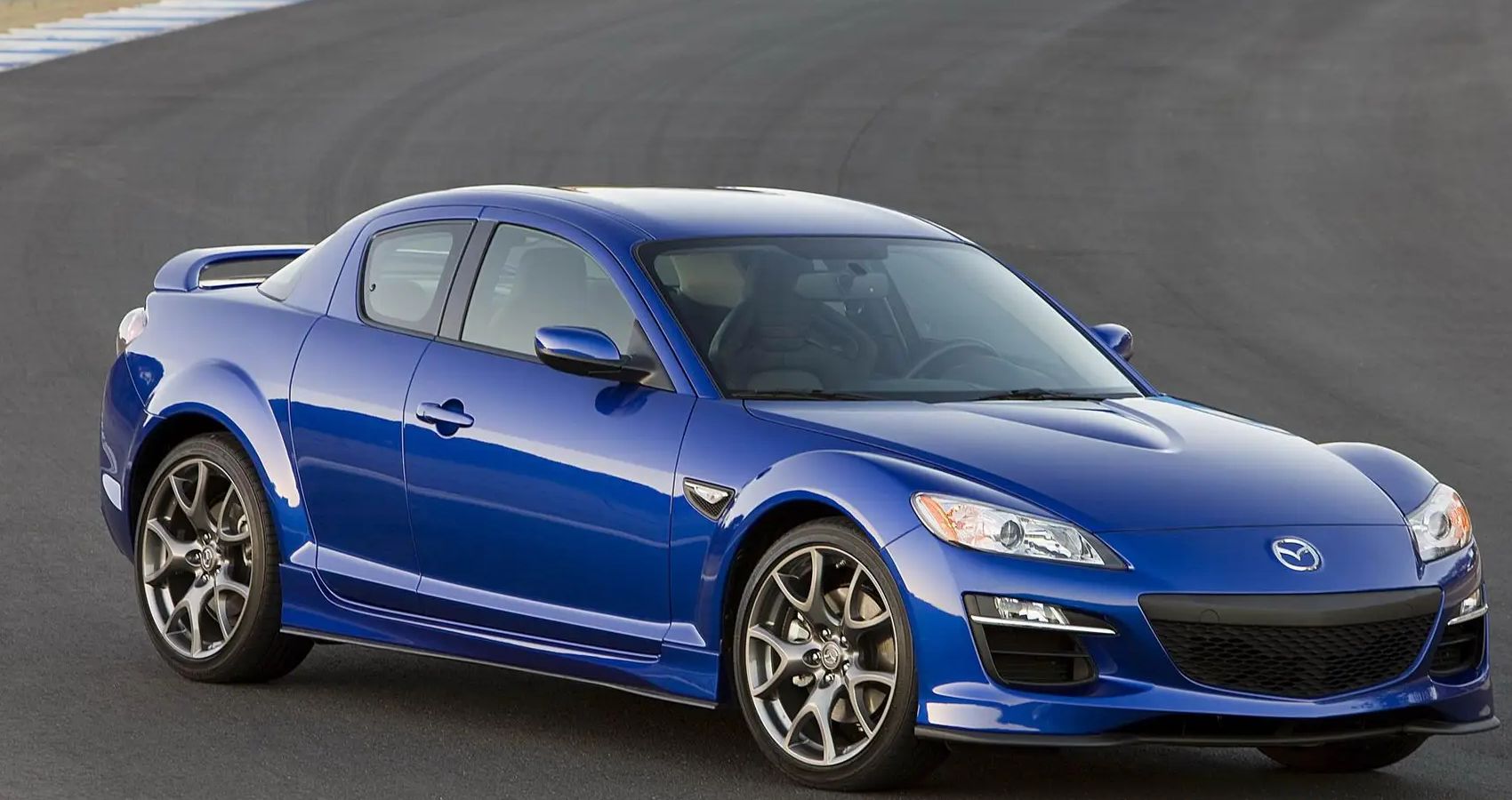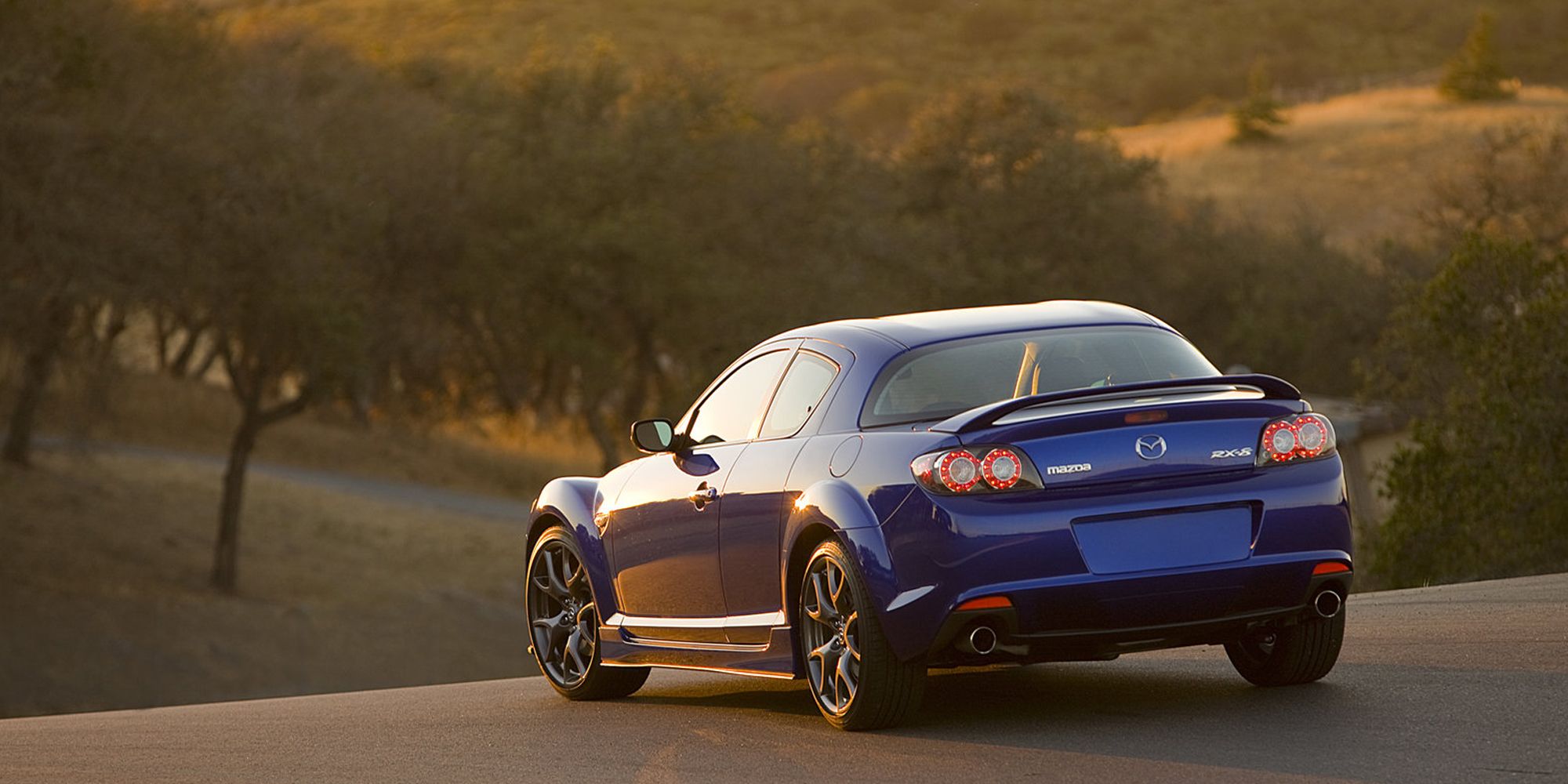Japanese manufacturers have won a legion of fans for making some of the most reliable cars money can buy, cars that last.
Although this stereotype has often proved itself true with countless affordable cars able to stand the test of time, they do every so often make a glorious mistake or two. JDM manufacturers will traditionally sacrifice horsepower in favor of durability, but that just doesn’t work when you want to make a high performance car.
Therefore, when they did try to make a high performance model, it usually came with more than a few reliability foibles. Then there are the underpowered cars tuners love so much. While you can get a Honda Civic to make 500 horsepower, sometimes you just shouldn’t. These JDM cars are relatively quite affordable, but maintaining them will drain you financially.
10 Nissan Sylvia
Although the Sylvia is more or less the same car as the 240SX, if you imported one, or bought a legally imported version with one of the more exotic engine options, you will be in for a bit of a shock.
Older turbo cars are far from the ridiculously reliable appliances you get today, and finding parts for these might involve a lot of time on the internet and a lot of money in shipping fees.
9 Daihatsu Hijet
Although the Kei car thing is catching, however, it's a bit sad that those who make a move on the little cars might be in for some level of disappointment. In Japan, and by extension most of Asia, these are cheap to buy and own.
Unfortunately, if you get one in North America, spares are few and far between. Add to that the fact that these things were made on the cheap, so maintenance will only be one small part of your expenses as parts will fail, especially if they were poorly maintained back in Japan (yes, that is actually possible).
8 Suzuki Samurai
Small off-roaders are back in fashion, but with no Suzuki in the U.S. to supply that need, most turn to the used or import market.
Although these vehicles are awesome off-road, they are desperately awful on the road. They are also mostly close to 40 years old, about three decades past what Suzuki anticipated their service life would be.
7 Mazda RX-7
After two very successful generations of the RX-7, Mazda decided to go all in with the third generation, doing a ground up redesign and adding sequential turbochargers to the rotary engine.
Although this was a technological marvel back in the early '90s, time has not been kind to the model. Electrical gremlins will now crop up and add to the Wankel woes as engine rebuilds are required every 50,000 miles or so, as a preventative maintenance measure for these oil thirsty rotaries. Even so, this still isn’t the least reliable Japanese car.
6 Honda Accord
Around a decade ago the Accord was the go-to affordable car. Just about every generation since it first made waves in the '80s had established itself as a durable, affordable car.
As the '90s rolled around, the increasing need for added comfort, technology, and efficiency saw huge upgrades to the platform. Unfortunately, it also coincided with the popping of the Japanese car bubble. Therefore, every manufacturer streamlined their operations, build quality for the fourth and fifth generation accords suffered and all that added complexity just equates to expensive running costs today.
5 Toyota Celica GT-Four
In so many ways, the GT-Four was the real Toyota sports car of the '90s. The Supra was by contrast fat and lazy, and didn’t handle nearly as well. Only the Supra came with the under-stressed 2JZ engine.
The GT-Four had a smaller, more highly strung supercharged inline-4 and a fairly complex all-wheel drive system. That drivetrain needs constant care, or it will become problematic.
4 Subaru SVX
After keeping it pretty simple for several years, Subaru wanted a piece of the sports car action, as they were selling like hot-cakes back in '80s Japan.
The SVX was something of a disaster though. It was needlessly complicated and as a result of the added comfort/luxury got heavy, a little too heavy for its own good and was pretty slow. Now, all that '80s tech just makes it hard to diagnose faults in a time before universal OBD connectors existed.
3 Nissan 300ZX
Nissan were on a bit of a roll back in the late '80s and early '90s. Hence, the company decided to go after Ferrari's sales with a budget supercar in the form of a twin-turbo V6 supercar slayer.
Unfortunately, as much as it packed 300 horsepower, it was also even more frail than the cars it was supposed to slay.
2 Mitsubishi GT3000
In an effort to keep up with the fast moving sports car pack in Japan, Mitsubishi decided to throw the kitchen sink at the 3000GT. It was a technological marvel, with rear-wheel steering and an electronic suspension.
It was also effectively brought to the U.S. as a captive import in the form of the Dodge Stealth (pictured), and although they were quoted as getting 0-60 mph in under 5 seconds, it was impossible to replicate that in the real world. They also became maintenance nightmares as they aged and all that new tech got old.
1 Mazda RX-8
Arguably the least reliable car ever made in Japan. Even die-hard JDM fans steer well clear of these. Nonetheless, even with all their unnerving problems they are hard not to like.
If you are mechanically inclined these cars now offer the most horsepower per dollar, but you will need to get your hands dirty and be prepared to learn how to rebuild a rotary engine.

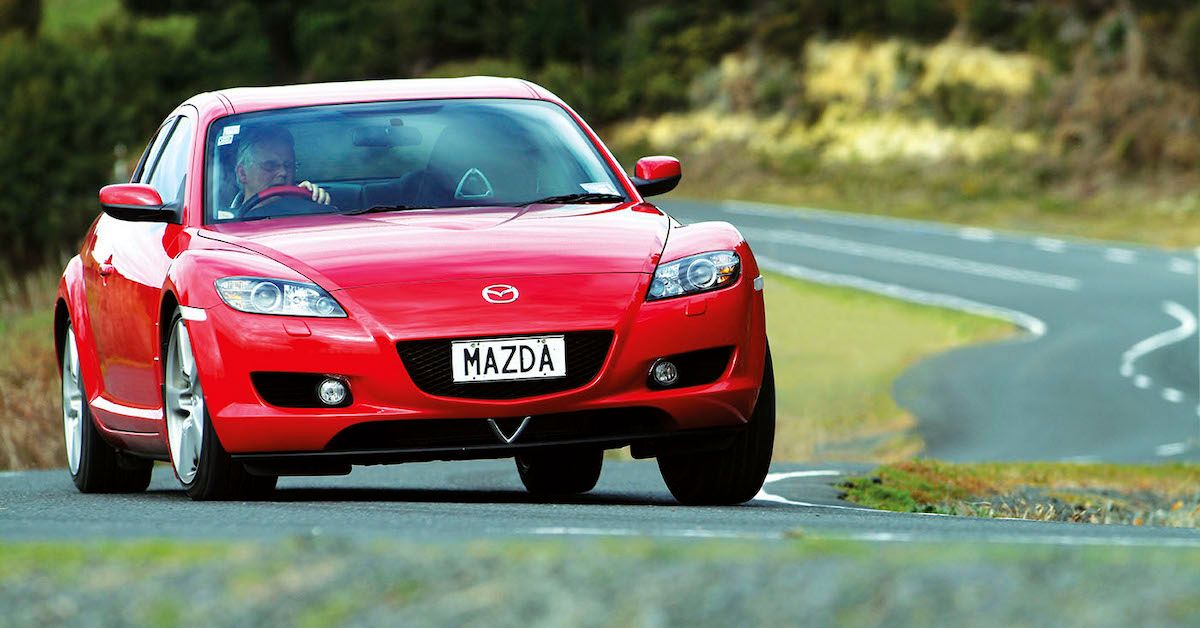

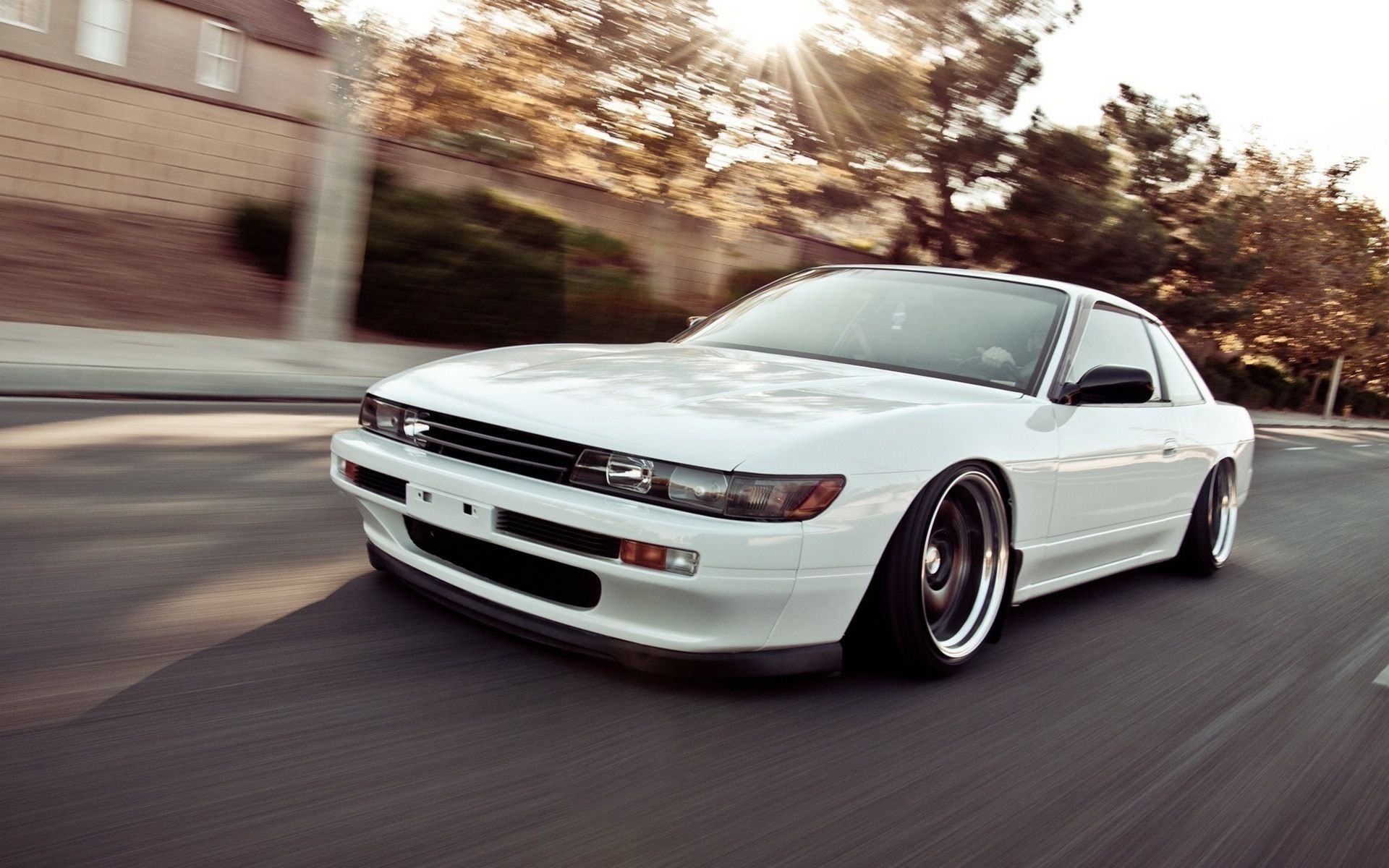
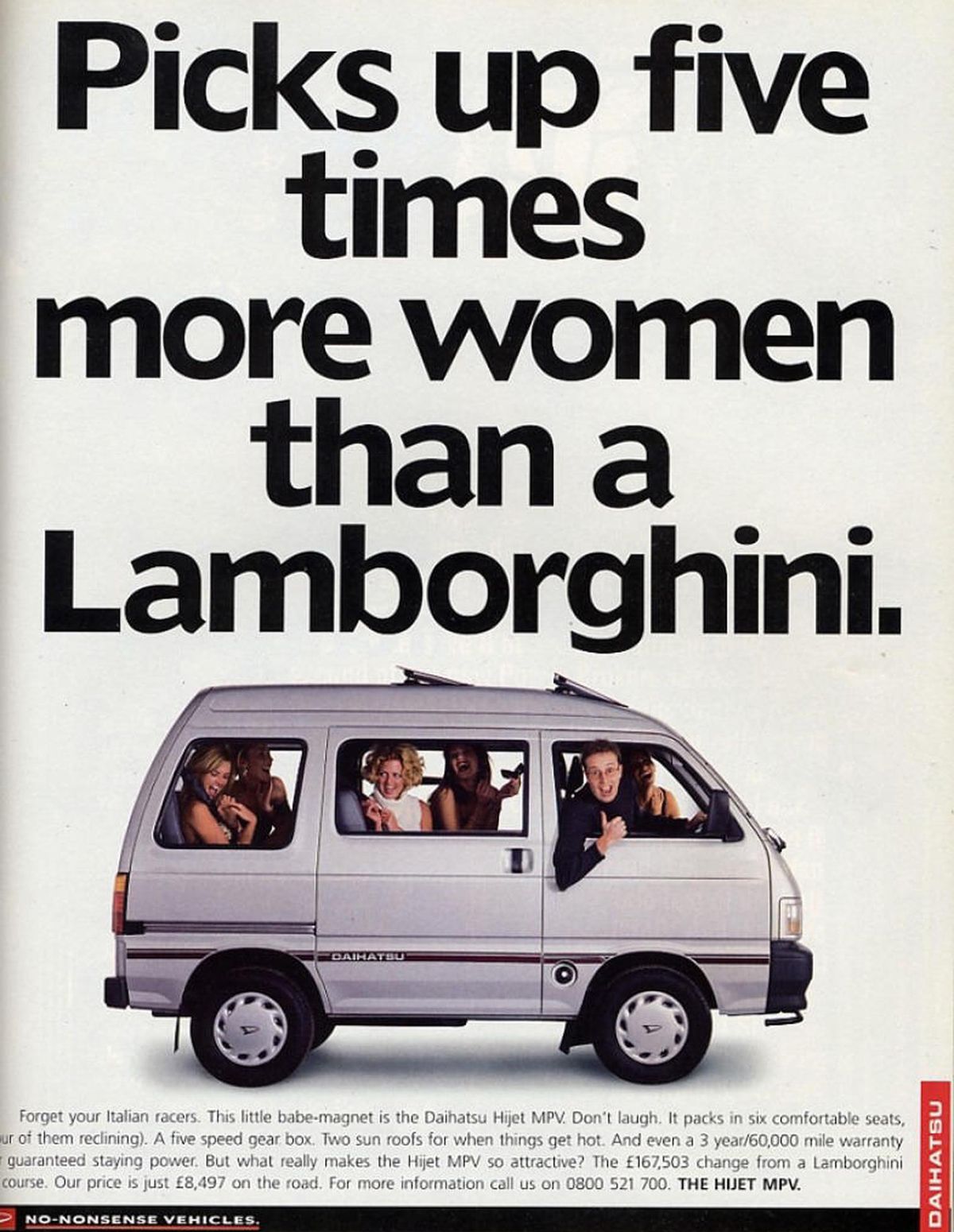
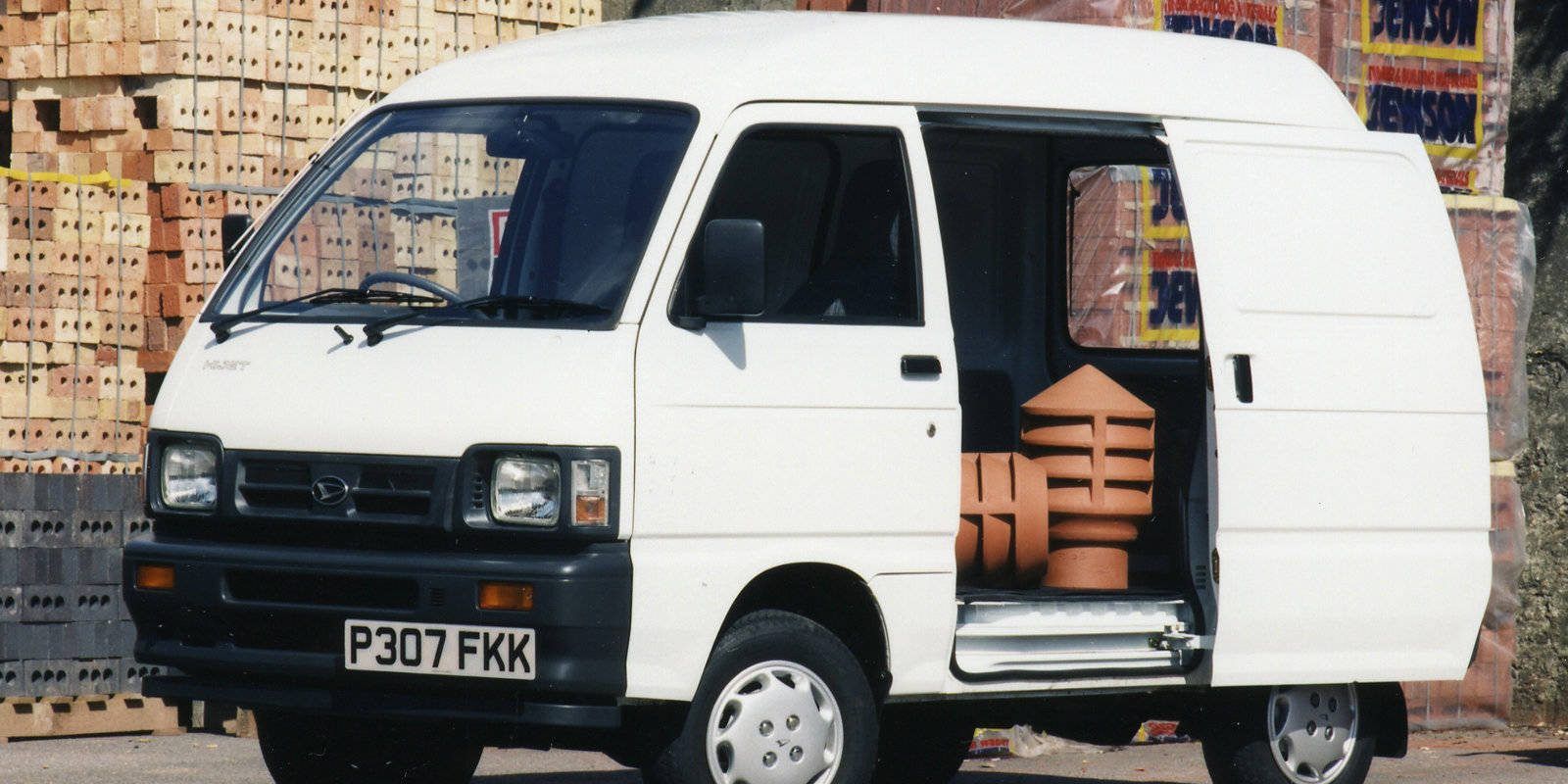
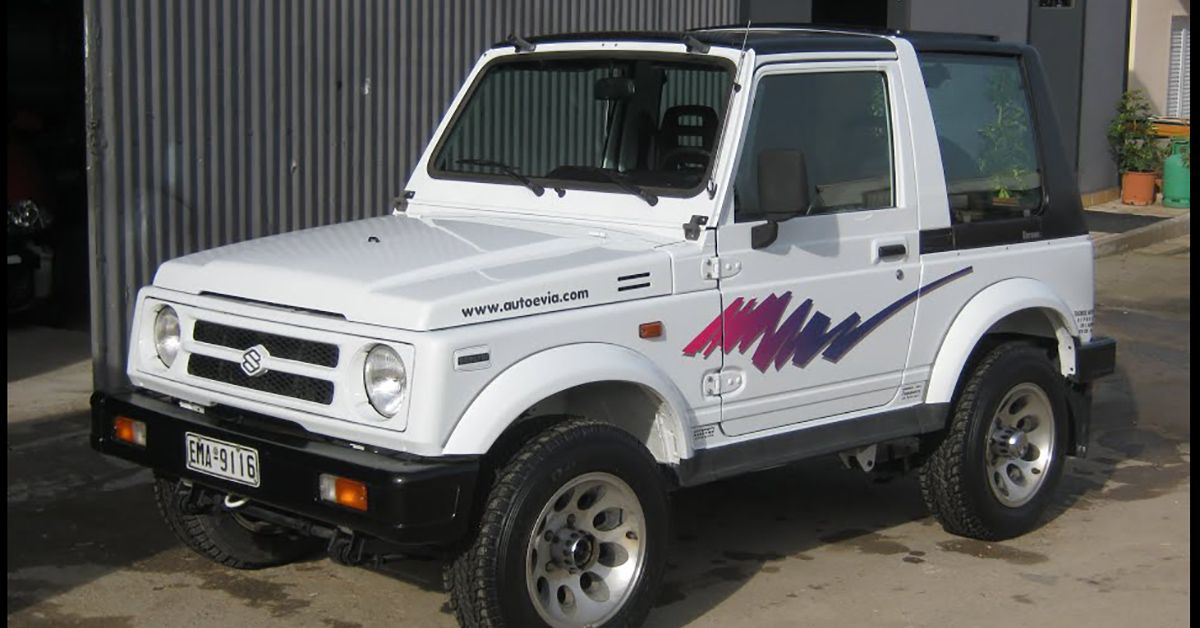
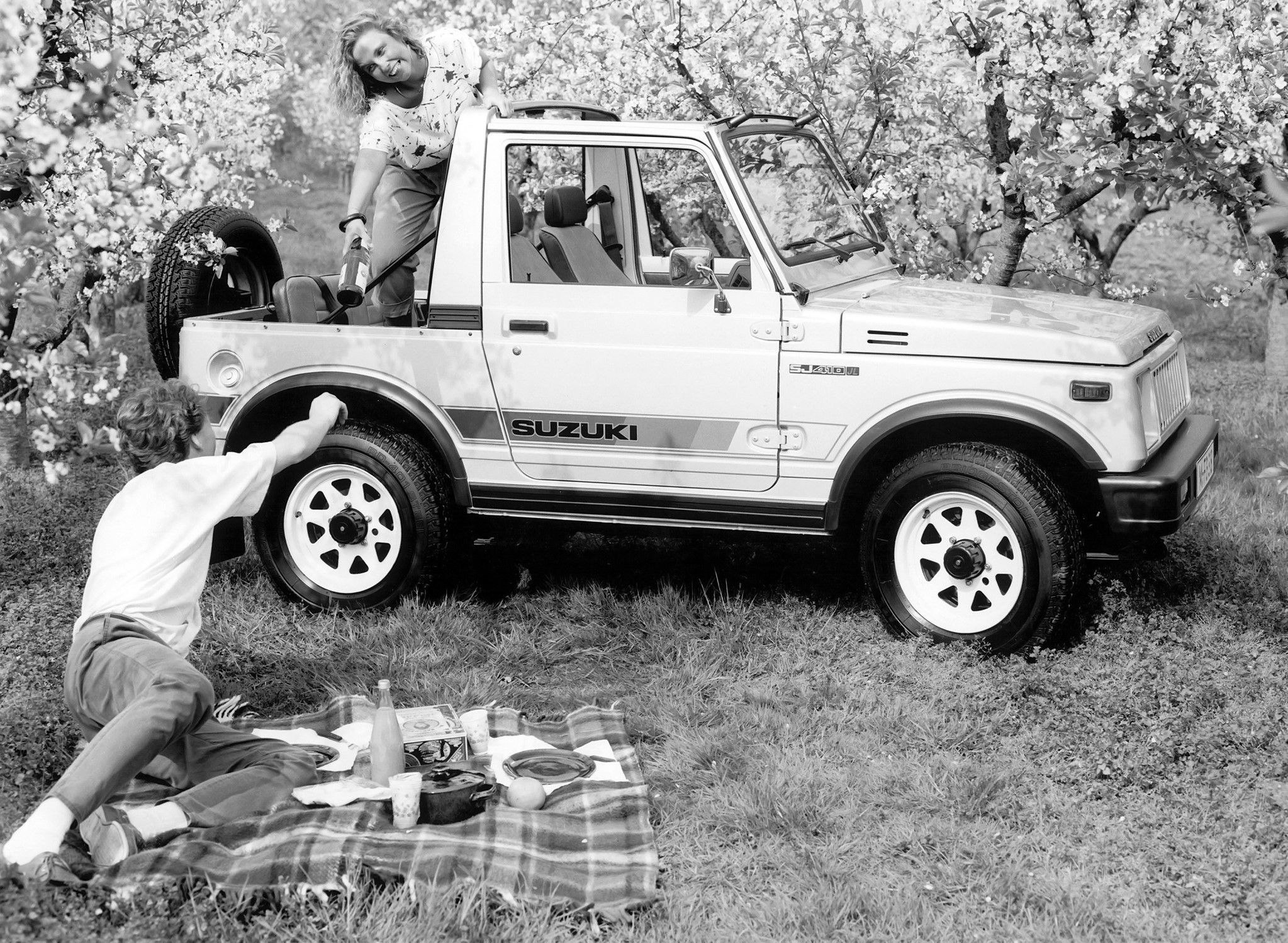
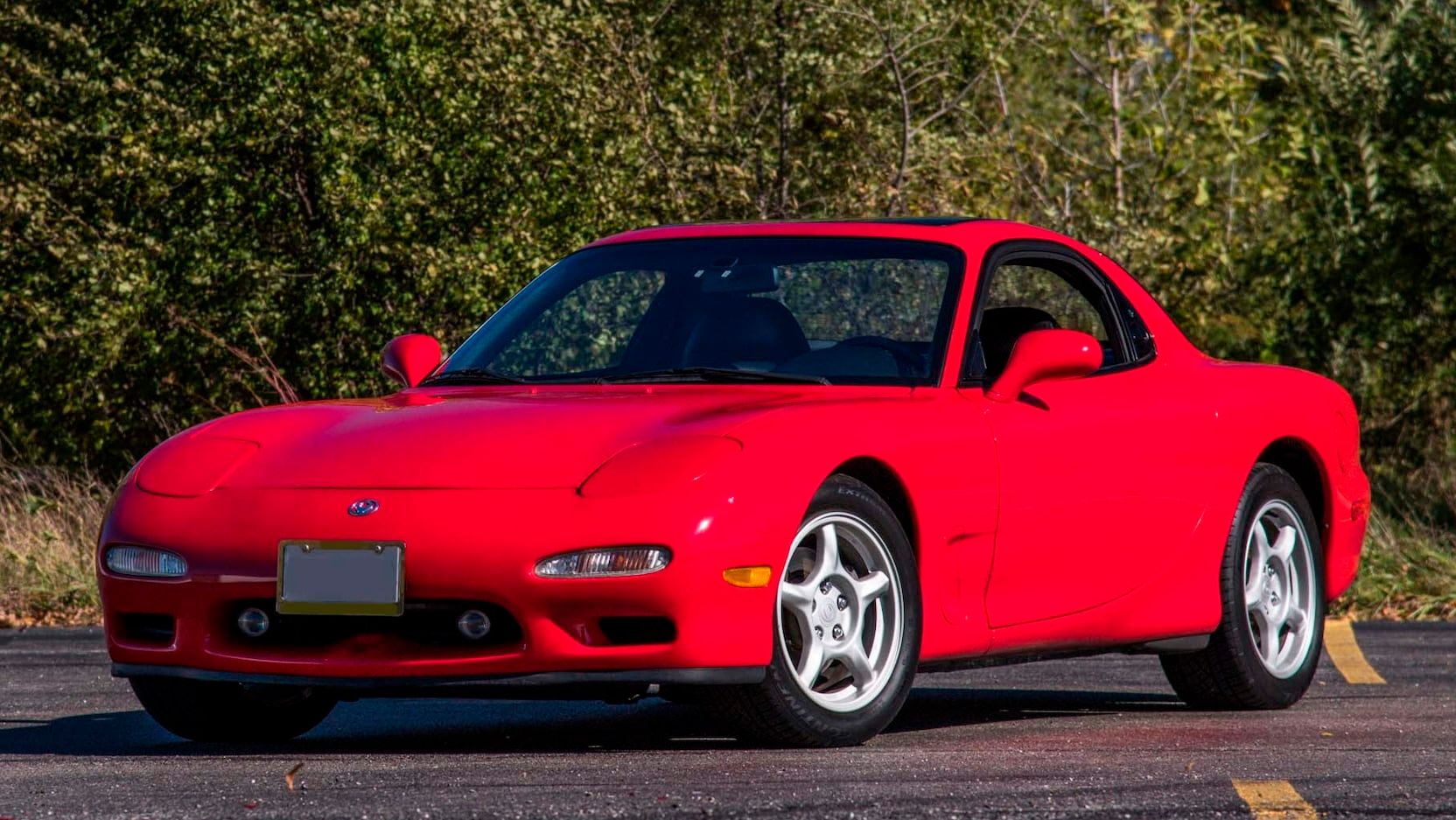
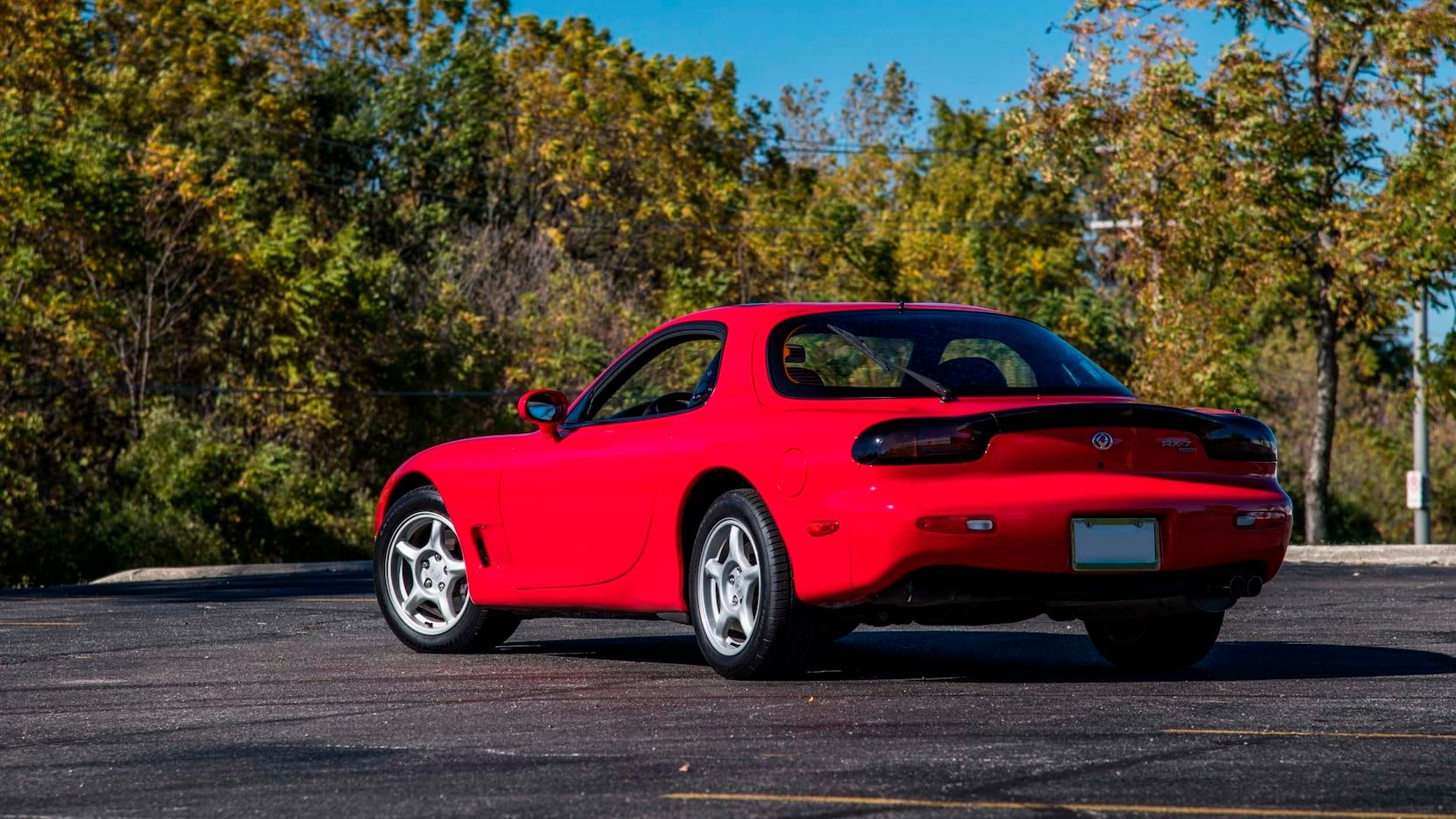
-2.jpg)
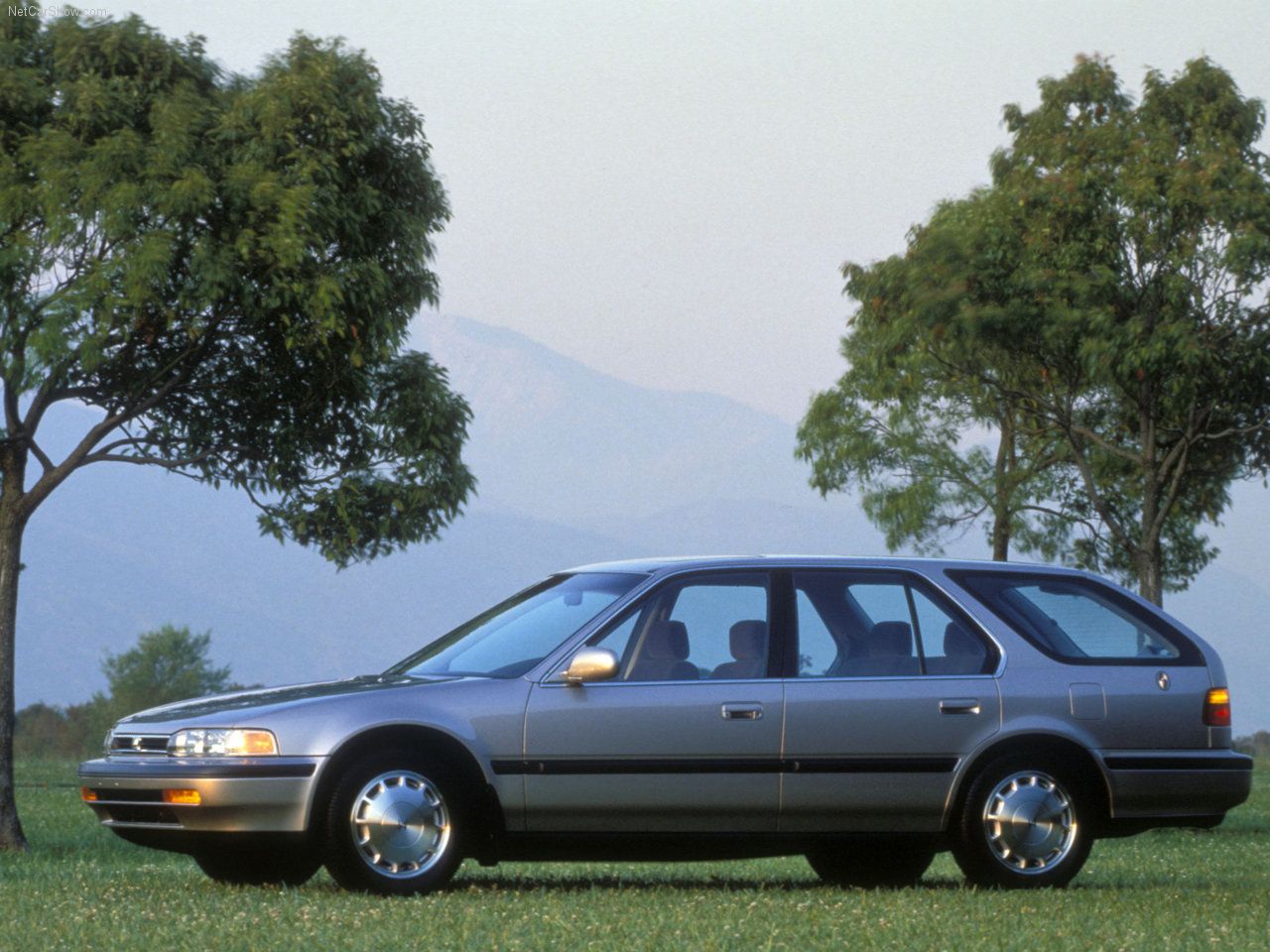
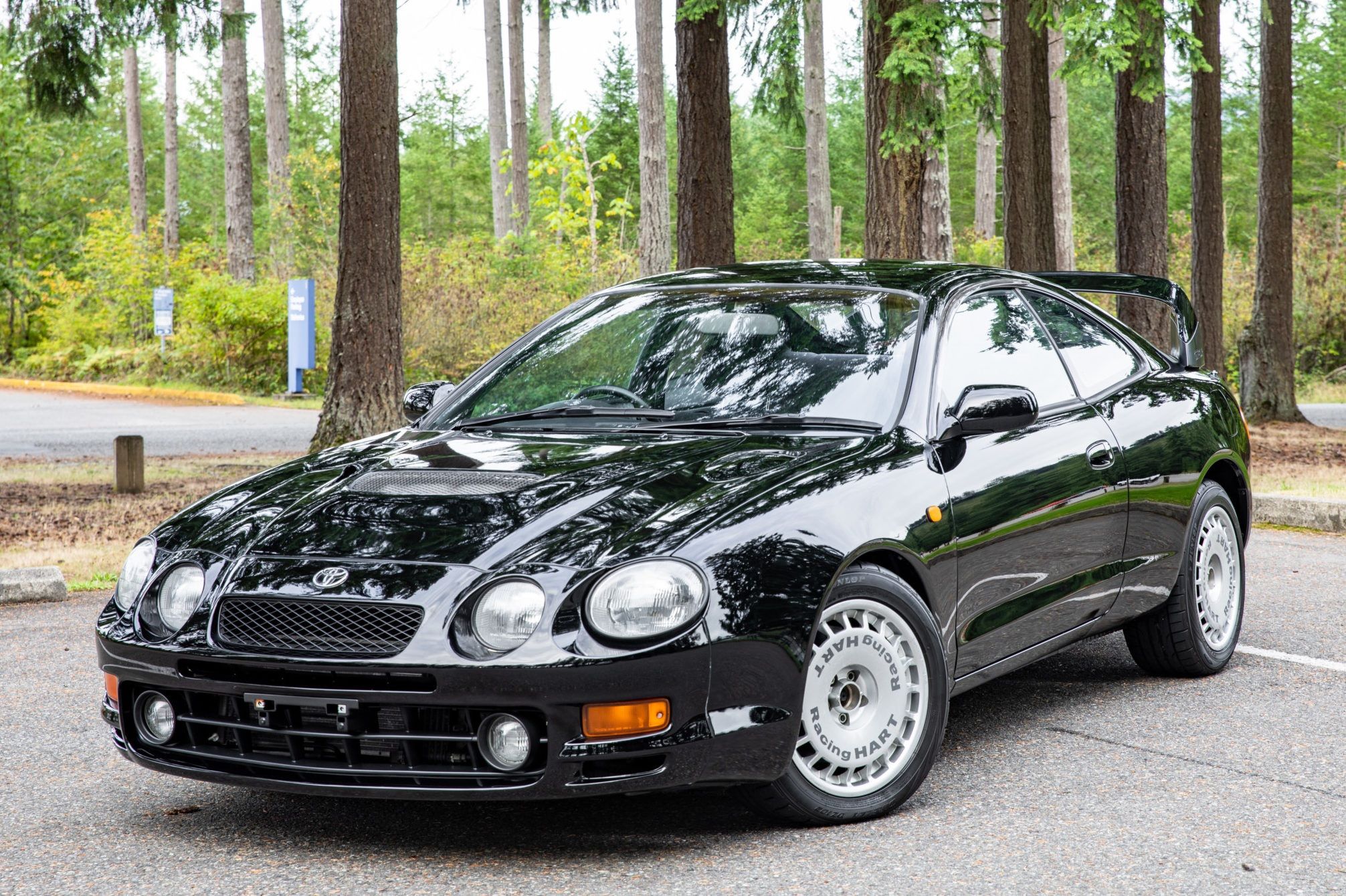
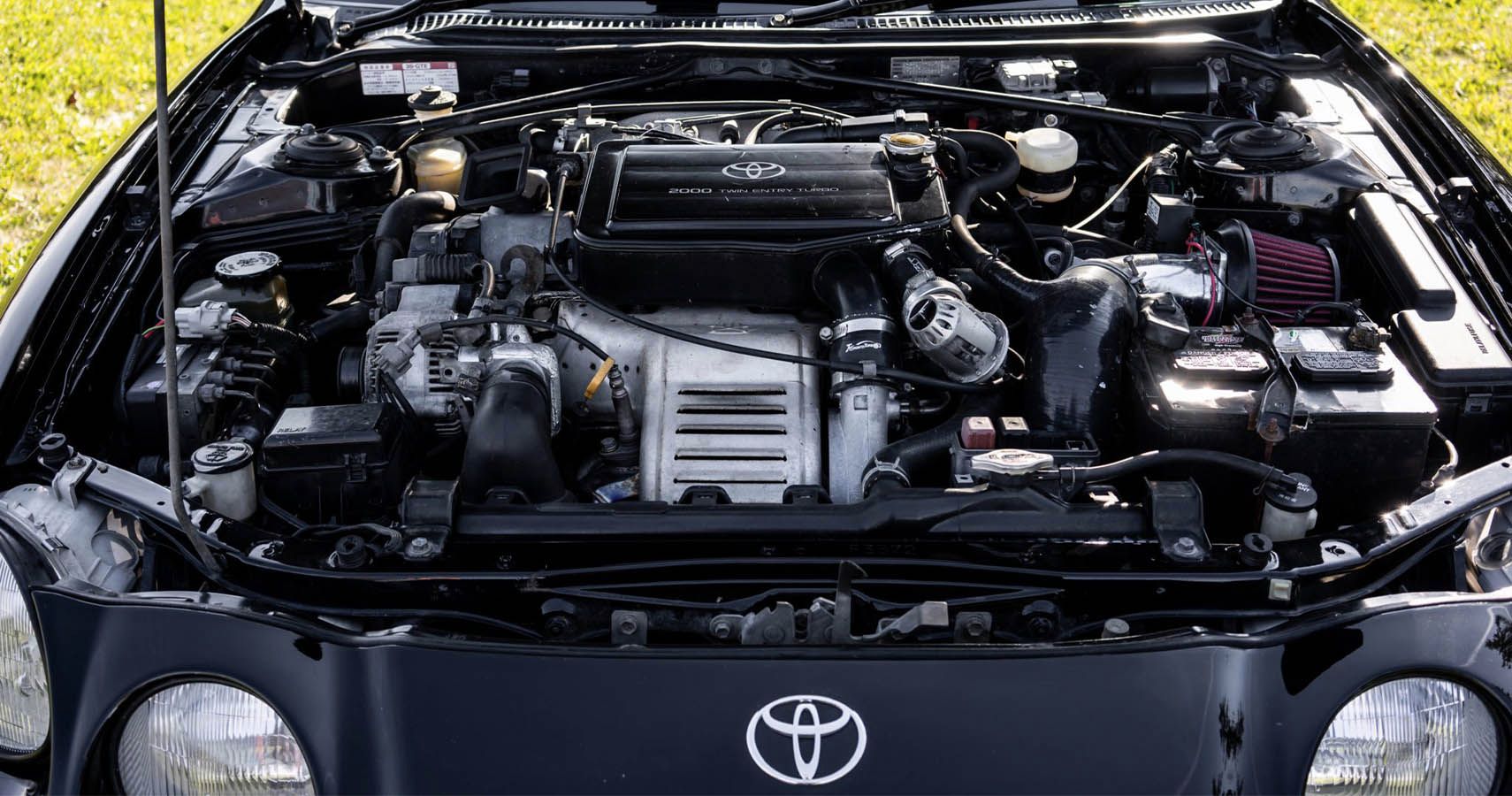
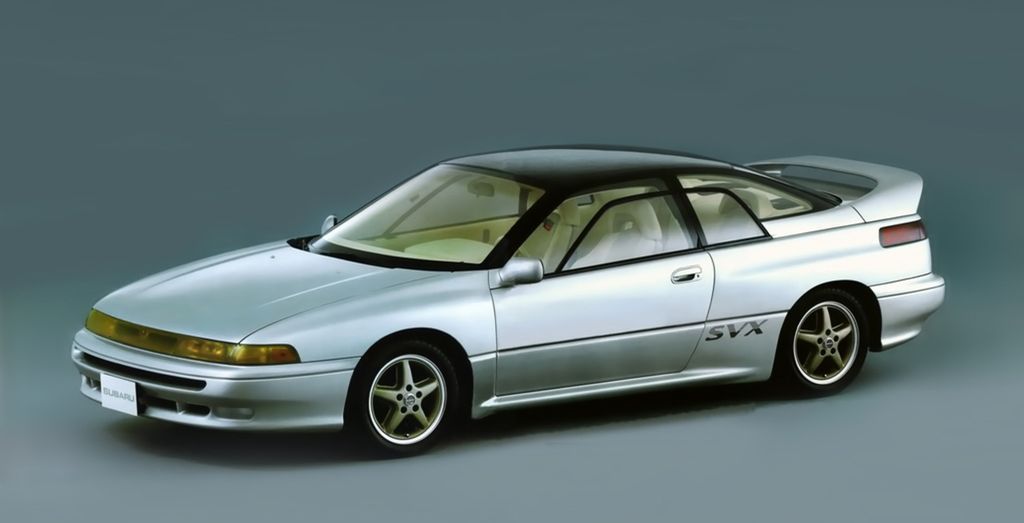
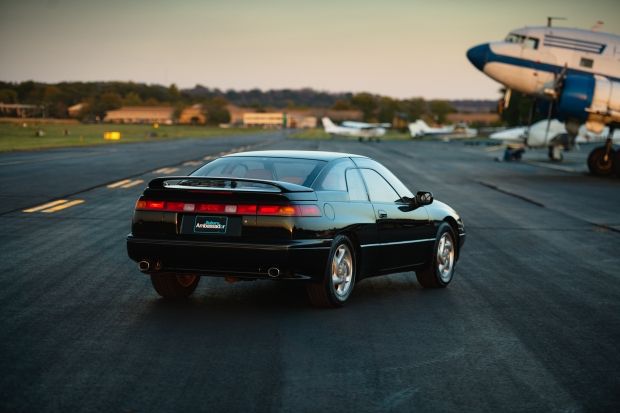
-1.jpg)
